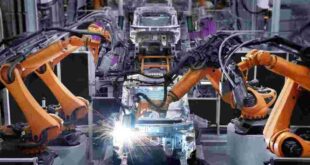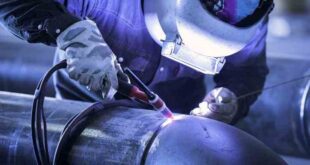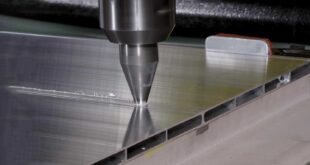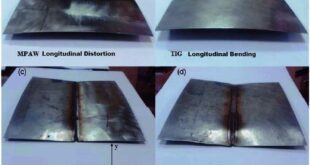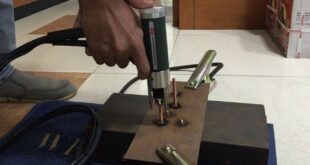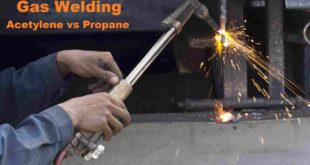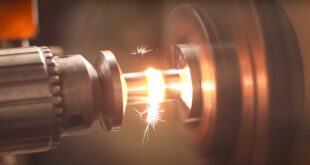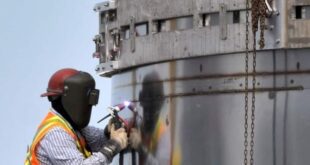Robotic Welding in the Automotive Industry In the fast-paced world of automotive manufacturing, innovation and efficiency are paramount. Robotic welding, a groundbreaking technological advancement, has emerged as a game-changer in the industry. This article delves into the transformative impact of robotic welding in the automotive sector, examining its benefits, applications, …
Read More »Gas Tungsten Arc Welding (GTAW): Mastering Precision and Strength
Mastering Precision and Strength Introduction: Gas Tungsten Arc Welding (GTAW), also known as Tungsten Inert Gas (TIG) welding, is a versatile and precise welding technique that produces strong, high-quality welds. This article delves deep into the world of GTAW, exploring its principles, applications, and tips from experts. Whether you’re a …
Read More »Thermo-mechanically Affected Zone in Friction Stir Welding
Thermo-mechanically Affected Zone in Friction Stir Welding Introduction Friction Stir Welding (FSW) is a revolutionary solid-state joining process that has gained immense popularity in various industries due to its advantages over conventional welding methods. However, during the FSW process, a unique zone called the Thermo-mechanically Affected Zone (TMAZ) is formed. …
Read More »Weld Distortion – Causes and Remedies
Weld Distortion – Causes and Remedies Introduction Weld distortion refers to the undesirable changes in the shape and dimensions of a welded structure or component that occur as a result of the welding process. During welding, the application of heat and the subsequent cooling cause localized expansion and contraction of …
Read More »What is Capacitor Discharge Welding?
What is Capacitor Discharge Welding? Introduction Definition of Capacitor Discharge Welding Capacitor Discharge Welding (CDW) is a welding process that utilizes the discharge of electrical energy stored in capacitors to create a localized, high-intensity heat source for joining metal components. It is a fast and efficient welding technique commonly used …
Read More »Gas Welding – Acetylene vs Propane
Gas Welding – Acetylene vs Propane Introduction Definition of gas welding Gas welding is a welding process that utilizes a flame produced by burning a fuel gas mixed with oxygen to generate the heat required for melting and joining metals. It is a widely used method for various applications, including …
Read More »What Is Inertia Welding?
What Is Inertia Welding? Introduction Inertia welding, also known as rotary friction welding or flywheel welding, is a solid-state welding process that joins two metal workpieces through the application of rotational and axial forces. It utilizes the principle of generating frictional heat at the joint interface to create a metallurgical …
Read More »Hybrid Welding Processes
Hybrid Welding Processes Introduction Hybrid welding processes involve the combination of two or more different welding techniques to leverage their respective advantages and achieve improved weld quality, productivity, and efficiency. These processes integrate different welding methods, such as arc welding (e.g., GMAW, SMAW) and other techniques like laser welding or …
Read More »What is CMT Welding?
What is CMT Welding? Introduction Overview of welding as a vital manufacturing process: Welding is a fundamental process in the manufacturing industry that involves joining two or more metal pieces together to create a strong and durable bond. It plays a crucial role in various sectors, including automotive, aerospace, construction, …
Read More »Purge Welding vs Non-Purge Welding
Purge Welding vs. Non-Purge Welding Introduction Definition of purge welding Purge welding is a welding technique that involves creating a protective gas atmosphere around the weld zone during the welding process. This is typically achieved by introducing an inert gas, such as argon, to displace the surrounding air. The purpose …
Read More » Welding of Welders All about Welding and Welders
Welding of Welders All about Welding and Welders
